Top LMS WordPress plug-ins
As an educator, it’s your job to ensure that students have the best chance at understanding and retaining course concepts. But with students’ decreasing attention spans and the increasing number of digital distractions, it can be difficult to achieve these goals.
That’s why it’s important to choose the right technology. You need a solution that not only helps you produce and deliver relevant course content, but is also easy for you and your students to implement, learn, and use.
If a WordPress website is already part of your education technology stack, a simple way to enhance its effectiveness is with a learning management system (LMS) plug-in. Below are the 7 best LMS WordPress plug-ins available on the market. Depending on your needs, one of them might be the perfect fit for your classroom.
Comparison: Top WordPress LMS plug-ins
Jotform Online Forms |  LearnDash |  Teachable |  LifterLMS |  Masteriyo | Tutor LMS |  Sensei LMS | |
|---|---|---|---|---|---|---|---|
| Best for | Embedding forms, quizzes, and AI chatbots for student interaction | Comprehensive LMS features and robust quiz options | Connecting your WordPress site to a dedicated course-platform ecosystem (Teachable) to sell courses & bundles | Multi-instructor courses and drip content | Lightweight course creation and e-commerce integration | All-in-one LMS with front-end course builder | Simple course delivery integrated with WooCommerce |
| Price | Free; paid plans start at $34/month | Starts at $199/year | Free plugin; requires Teachable platform subscription | Free core plugin; add-ons from $120/year | Free; Pro from $79/year | Free; Pro from $199/year | Free; Pro from $179/year |
| Free Plan |
7 best WordPress LMS plug-ins
1. Jotform Online Forms
Jotform’s WordPress plug-in offers one of the simplest ways to embed quizzes and assignments into your education website, whether you work for a grade school or major university. With its drag-and-drop form builder, you can easily build forms for homework submissions, student surveys, class registration, course evaluation, parent signature collection, and more — all without doing any coding.
It also includes advanced features such as conditional logic, answer piping, and save-and-continue functionality
Features
- Conditional logic and answer piping
- Save and continue later
- Mobile app and cross-device access
- PCI certification, GDPR, and HIPAA compliance
- Integrated AI chatbot for course navigation and support
Alongside powerful form embedding, Jotform now also offers a no-code AI chatbot for WordPress. It installs directly from the plugin directory, automatically crawls your content (courses, FAQs, blog posts), and responds in natural conversational style. It helps learners navigate course offerings, answers questions instantly, guides users through form steps (e.g. registration forms or quizzes), and routes more complex inquiries to your support workflows. In effect, Jotform’s form ecosystem and conversational engagement now work together to improve LMS experiences on WordPress.
2. LearnDash
LearnDash is a WordPress LMS that can help you build courses for students of all ages without any coding skills. You can use the drag-and-drop interface to create quizzes using eight question types and custom messages. And if you want to limit access to certain courses, lessons, and quizzes, you can set prerequisites students must complete first.
The platform also includes Focus Mode to minimize distractions, drip-feed lessons to release content over time, and course prerequisites for controlled access. Its scalability makes it suitable for universities, training institutions, and online academies.
Features
- Drag-and-drop course builder
- Advanced quiz creation with custom feedback
- Focus Mode and drip-feed lessons
- Learning paths and prerequisites
- Detailed progress tracking and reporting
3. Teachable
The Teachable WordPress Plug-in bridges your WordPress website with Teachable — one of the most popular external course-hosting platforms. Instead of hosting lessons and quizzes inside WordPress, you can use Teachable to manage courses, payments, and analytics, while using WordPress for marketing and content presentation.
Once connected, the plug-in allows you to embed Teachable course blocks directly on your WordPress pages, including course descriptions, pricing, enrollment buttons, and instructor bios. It’s ideal for educators who already use Teachable or plan to scale their teaching business with Teachable’s built-in e-learning tools.
Features
- Connects WordPress with the Teachable platform
- Embeds course and product details via blocks or shortcodes
- Supports course previews, pricing plans, and buy buttons
- Syncs student enrollment and content automatically
4. LifterLMS
LifterLMS is a versatile and feature-rich LMS that supports multi-instructor environments and varied content types — including text, video, and audio. It’s ideal for schools and organizations that want to deliver engaging, multimedia-based courses.
Its modular structure means you can start with the free core plug-in and later extend it with paid add-ons for features like memberships, advanced quizzes, or CRM integrations. It also supports drip content, course bundles, and payment plans, making it a flexible option for both academic and corporate learning.
Features
- Free core LMS with optional premium add-ons
- Multi-instructor and membership support
- Course bundles and payment plans
- Drip-feed lessons and progress tracking
- Integration with WooCommerce, Mailchimp, and Zapier
Masteriyo is a modern, lightweight LMS that prioritizes speed and simplicity. Built with a clean interface, it combines course creation, student management, and e-commerce tools within one dashboard. Educators can easily add text, video, or quizzes and preview lessons instantly.
Masteriyo’s WooCommerce integration allows for seamless course sales, while its distraction-free learning mode enhances the student experience. With a minimal setup process, it’s a strong choice for smaller schools, tutors, and creators launching their first online course.
Features
- Beginner-friendly course builder
- Quiz creation and grading
- Course progress visualization
- Distraction-free learning mode
- Built-in payment options and WooCommerce integration
6. Tutor LMS
Tutor LMS is a complete LMS ecosystem that brings together course management, student assessment, and monetization in one tool. Its standout feature is the front-end drag-and-drop course builder, which lets educators create and edit lessons directly from the website interface — no need to use the WordPress backend.
It supports multi-instructor collaboration, advanced quiz types, certificate generation, and integration with platforms like Zoom, Google Classroom, and WooCommerce. Its analytics dashboard gives teachers insights into student progress and course performance.
Features
- Front-end course builder
- Advanced quizzes and assignments
- Multi-instructor and commission system
- Integration with Zoom and Google Classroom
- Certificates, reports, and analytics dashboard
7. Sensei LMS
Developed by Automattic, the creators of WordPress and WooCommerce, Sensei LMS offers a simple yet powerful solution for course creation and delivery. It’s designed to feel native within WordPress, so users can start teaching with minimal setup or technical knowledge.
Sensei LMS integrates tightly with WooCommerce, allowing educators to sell courses or offer free ones. It supports video lessons, automated grading, and student progress tracking. Its focus on usability and reliability makes it ideal for individual educators and small training providers.
Features
- Native WordPress integration
- Simple lesson and quiz creation
- WooCommerce support for paid courses
- Student progress monitoring
- Automated grading and feedback tools
All of these LMS WordPress plug-ins come highly recommended by users. As a teacher, your primary criteria for a tool are probably simplicity and flexibility — perhaps even more so than a plethora of advanced features. Take a deeper dive into each option and decide which ones to test out before making your final decision.
This guide is for K-12 and higher ed teachers, instructional designers, school admins, corporate trainers, tutors, and WordPress site owners who want an easy, no-code way to create courses, embed quizzes and forms, track progress, and choose the right LMS plug-in for their classroom or training program
Photo by Liana Mikah on Unsplash



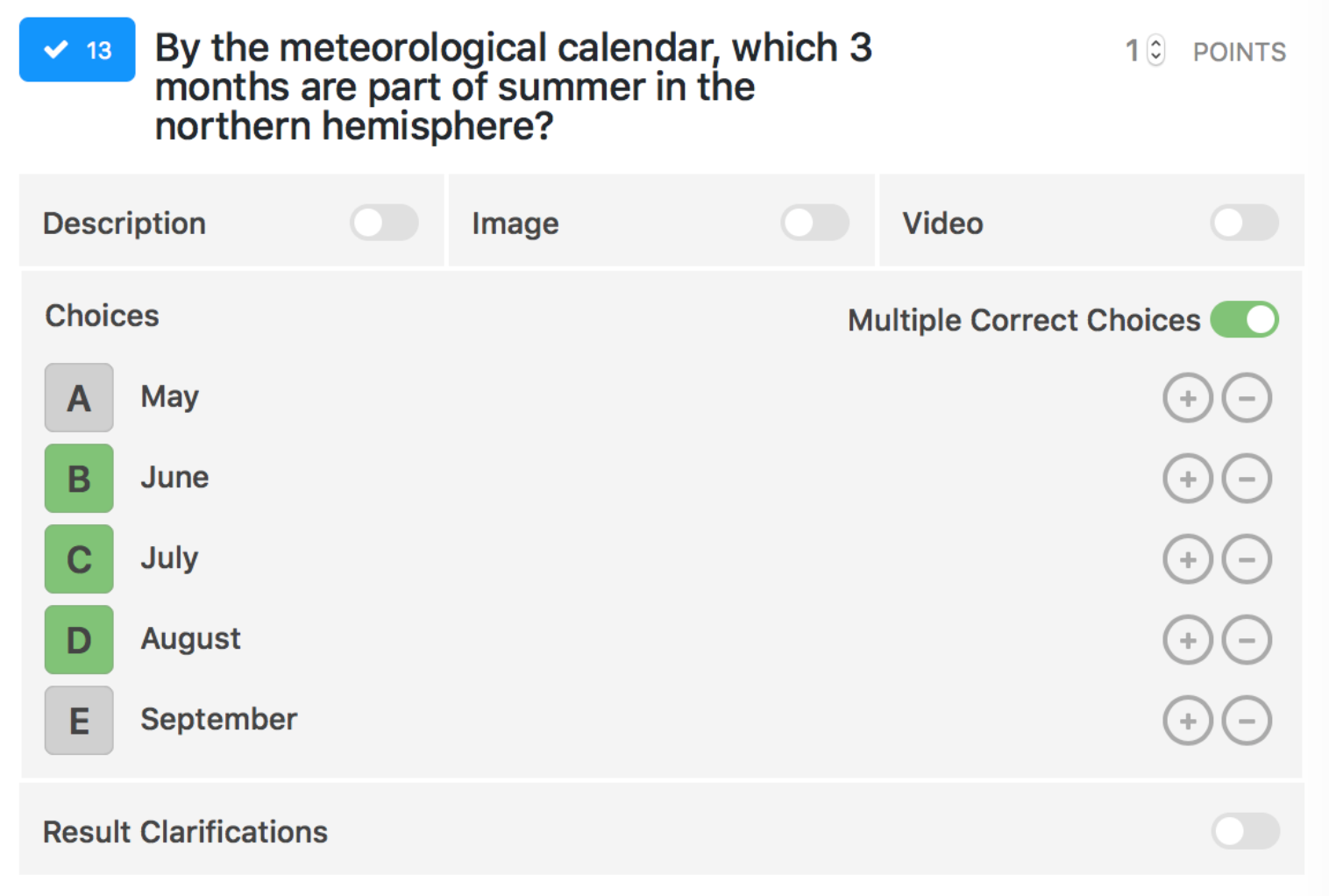
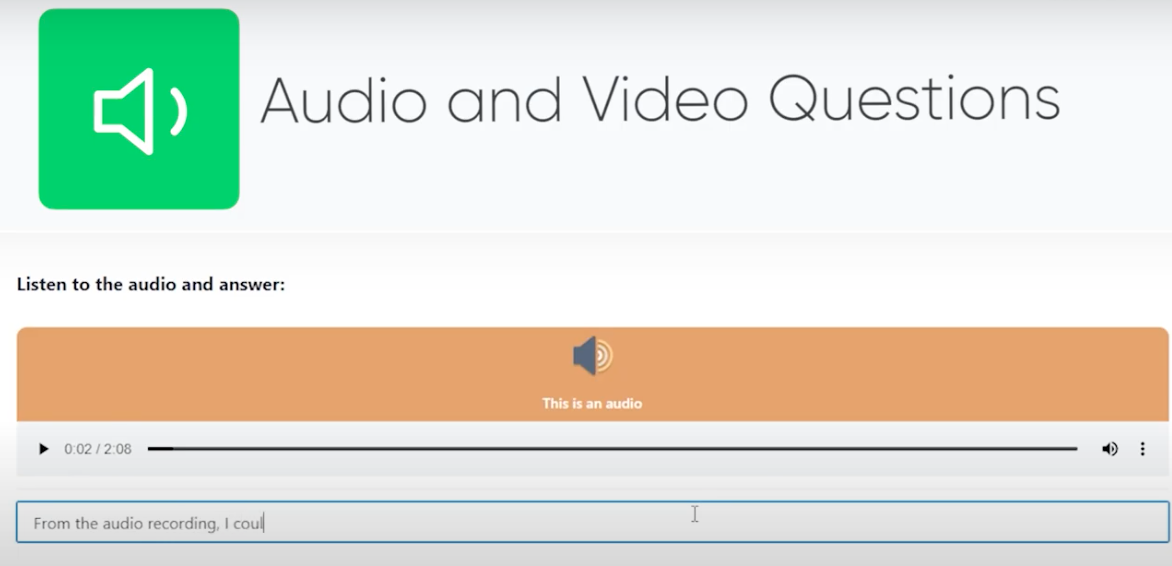



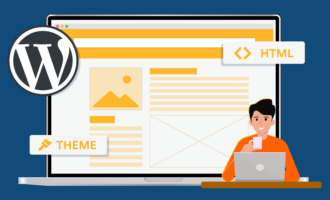

















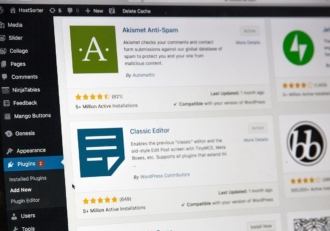

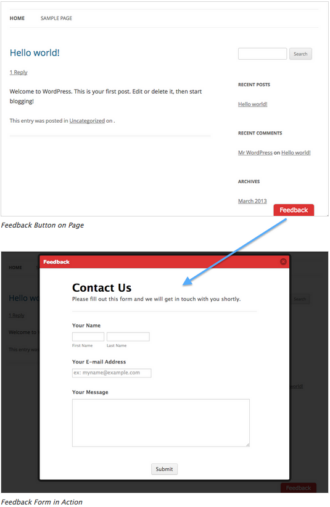




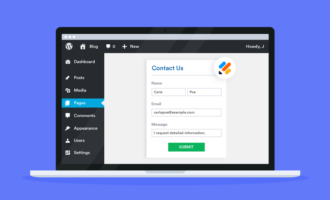






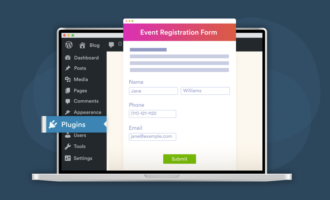




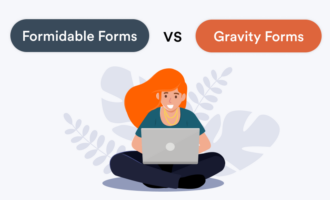


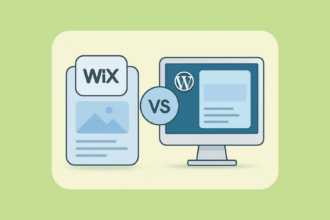

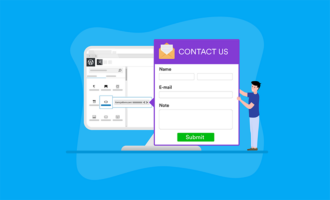






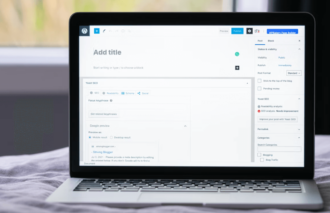


























Send Comment: